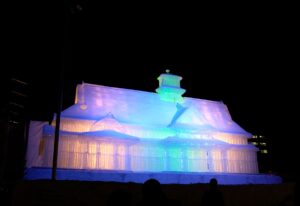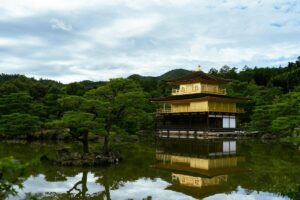Moerenuma Park: A Masterpiece of Landscape Art in Sapporo
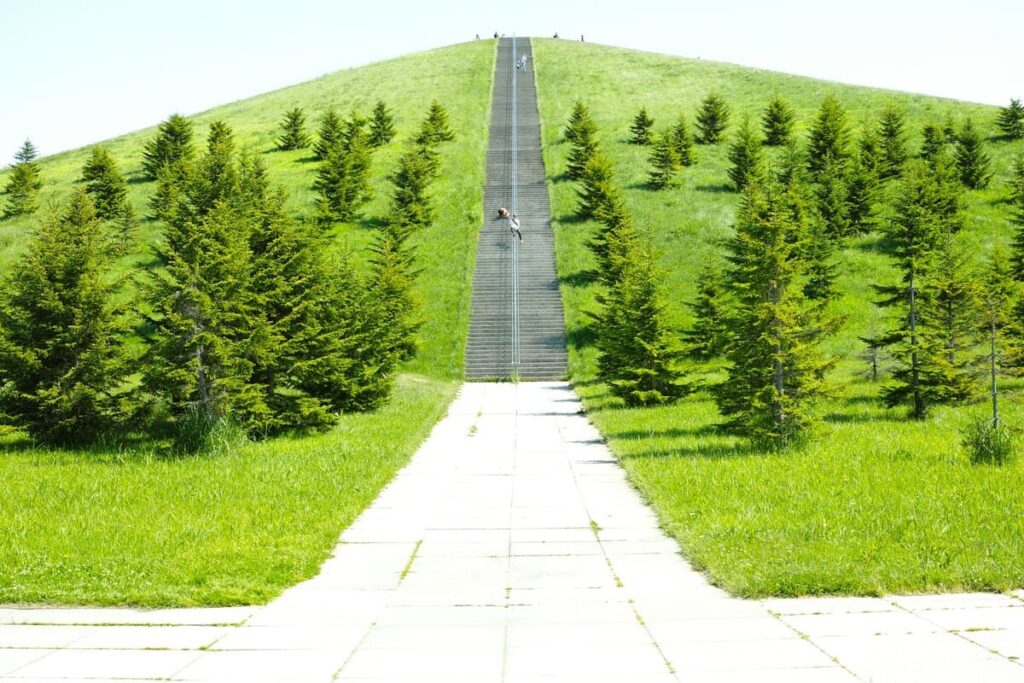
Moerenuma Park, located in the outskirts of Sapporo, Japan, is a magnificent example of modern landscape architecture that blends artistic design with natural beauty. Designed by the world-renowned sculptor Isamu Noguchi, the park was completed in 2005 and has since transformed a vast waste treatment site into a thriving public space that invites visitors to experience nature in a uniquely structured environment. With its large-scale sculptures, geometrically designed landscapes, and seasonal beauty, Moerenuma Park is not just a park but a living piece of art.
Design and Features
Isamu Noguchi envisioned Moerenuma Park as one complete sculpture, crafted out of the earth itself. The park's design incorporates elements of geometric and abstract art, making each visit a visually engaging experience. The park features several major installations and constructions:
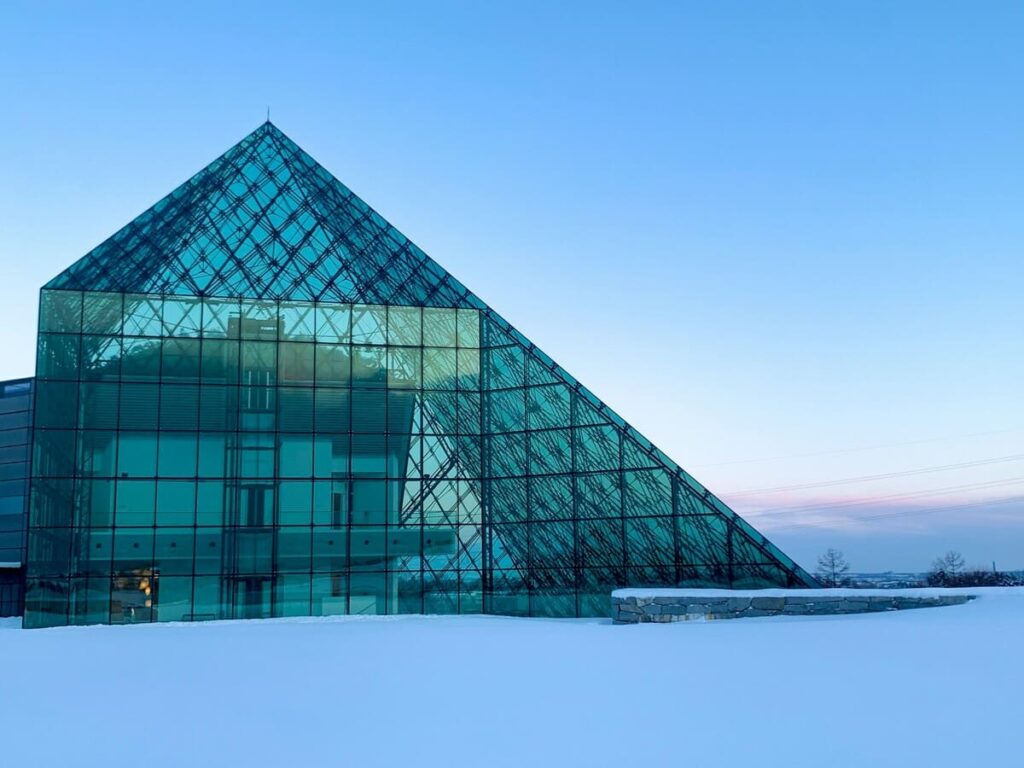
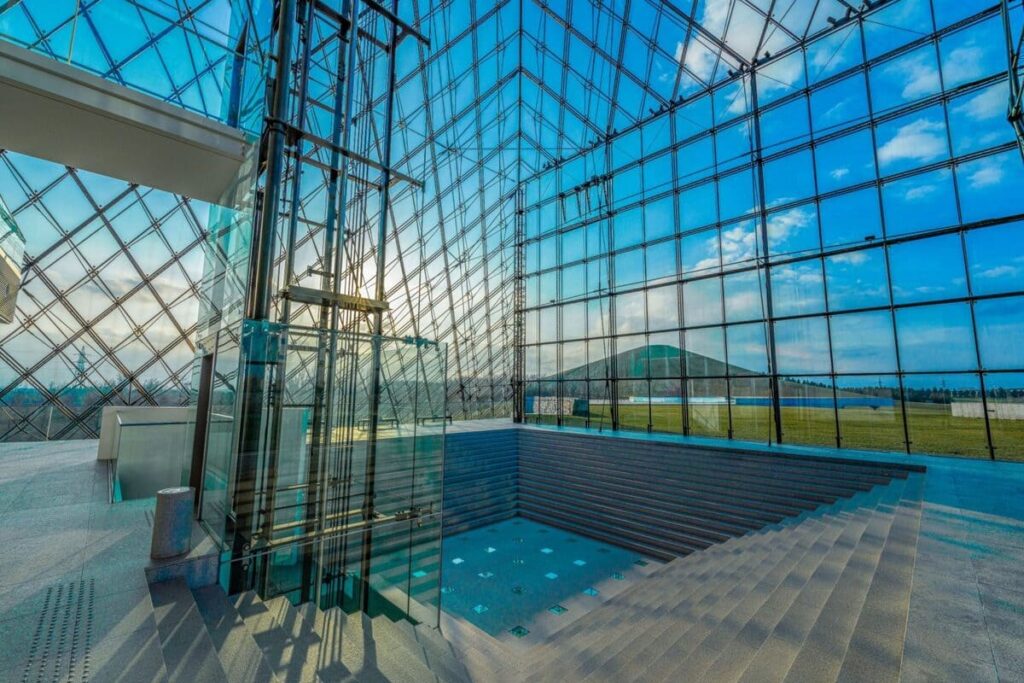
The Glass Pyramid "Hidamari"
The Glass Pyramid "Hidamari" is a striking centerpiece of the park. This large, glass-walled structure functions as a visitor center, museum, and event space. Its transparent walls allow for panoramic views of the park and the surrounding landscape, blending the indoors with the outdoors in Noguchi’s signature style.
Mount Moere
Mount Moere is an artificial hill that offers visitors a sweeping view of the entire park and the Sapporo skyline. A path spirals to the top, providing a leisurely walk that is both an aesthetic and physical experience. In winter, the hill transforms into a popular sledding spot.
Sea Fountain
The Sea Fountain is another focal point of the park, especially during the summer when it hosts spectacular water shows. The fountain’s dynamic water displays are choreographed to music, creating a mesmerizing attraction for visitors of all ages.
Art and Recreation
Moerenuma Park is designed to be interacted with, encouraging visitors to touch, play, and engage with the environment. Sculptures and play structures throughout the park serve both aesthetic and recreational purposes, including areas for sports like soccer and baseball, open fields for picnics, and wooded areas for quiet reflection.
Environmental Integration
Noguchi's design respects and enhances the natural landscape. The park’s features are integrated into the existing topography and ecosystems, promoting biodiversity and environmental health. Native plants and trees are used extensively throughout the park, which not only beautifies the space but also supports local wildlife.
Seasonal Appeal
Each season brings a new way to experience Moerenuma Park. Spring features blossoming cherry trees, summer brings lush greenery and active fountains, autumn highlights brilliant foliage, and winter covers the landscape in a clean, white snow, perfect for winter sports and serene walks.
Cultural and Community Impact
Since its opening, Moerenuma Park has become a beloved part of Sapporo’s cultural landscape, attracting visitors from Japan and around the world. The park is a testament to the city’s commitment to art, nature, and community wellness. It hosts various events throughout the year, including concerts, art shows, and festivals that utilize the park’s design to enhance each activity.
Conclusion
Moerenuma Park is a destination that offers more than just a break from the urban environment; it is a place where art and nature coexist beautifully. Visitors leave with a deeper appreciation for landscape art and the ways it can transform public spaces. As a model of sustainable design and community integration, Moerenuma Park continues to inspire and delight everyone who walks its paths.
